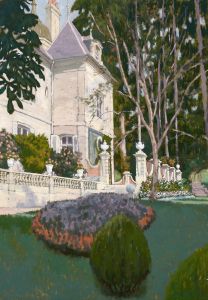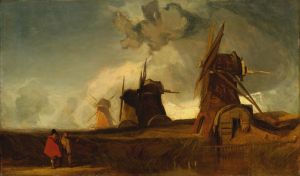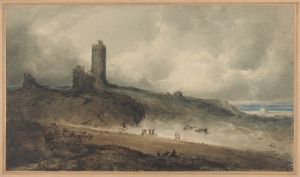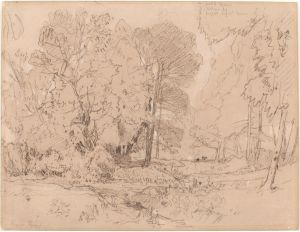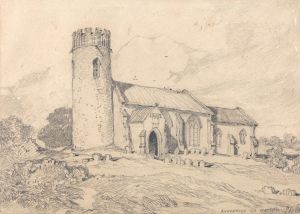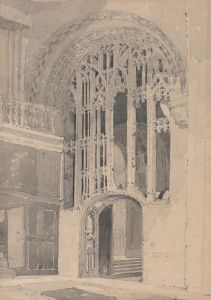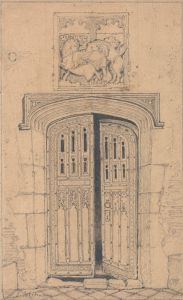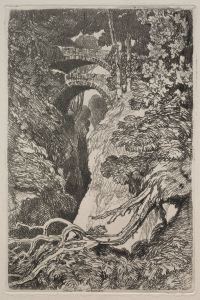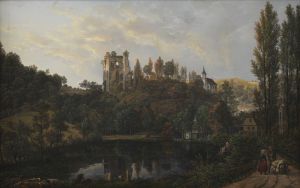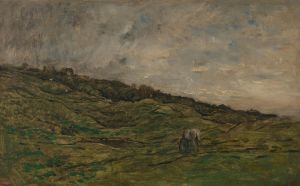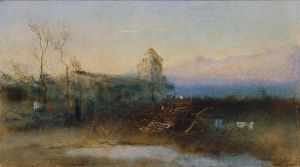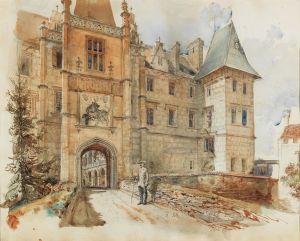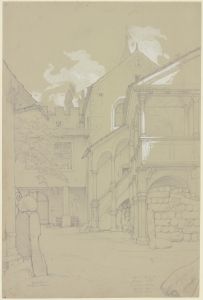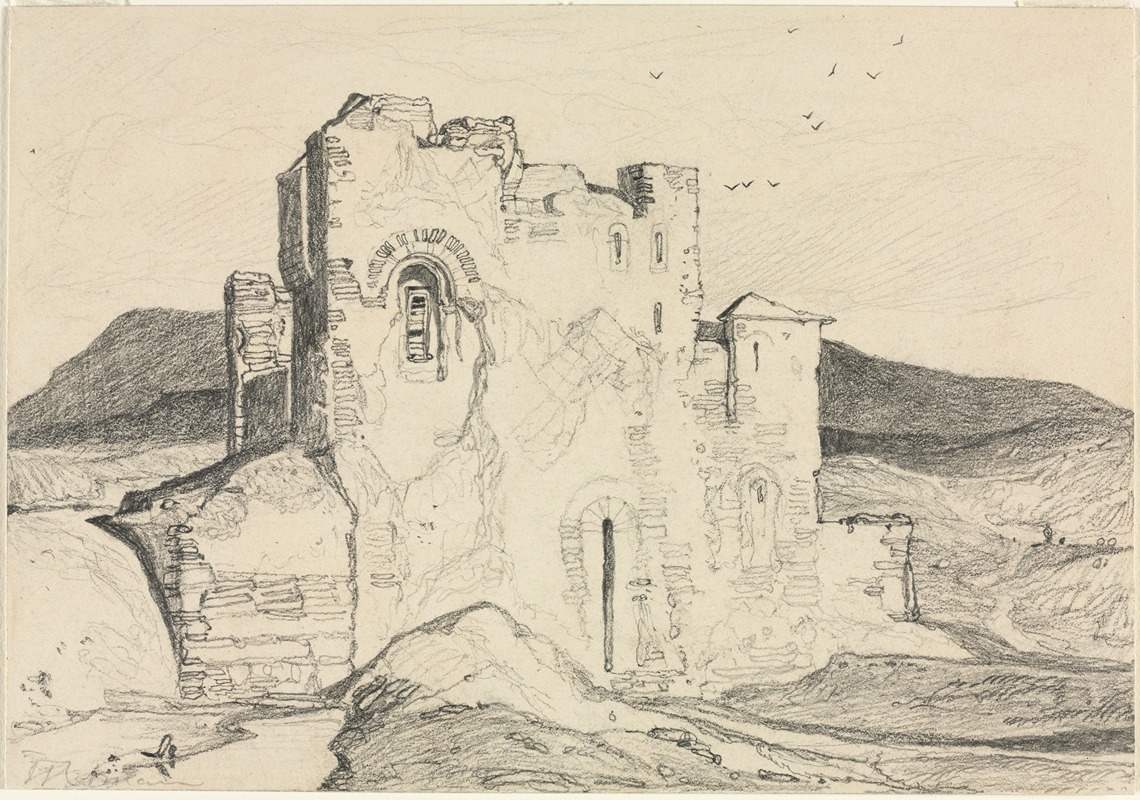
A Castle in Normandy
A hand-painted replica of John Sell Cotman’s masterpiece A Castle in Normandy, meticulously crafted by professional artists to capture the true essence of the original. Each piece is created with museum-quality canvas and rare mineral pigments, carefully painted by experienced artists with delicate brushstrokes and rich, layered colors to perfectly recreate the texture of the original artwork. Unlike machine-printed reproductions, this hand-painted version brings the painting to life, infused with the artist’s emotions and skill in every stroke. Whether for personal collection or home decoration, it instantly elevates the artistic atmosphere of any space.
"A Castle in Normandy" is a watercolor painting by the English artist John Sell Cotman, created in 1830. Cotman, born in 1782, was a prominent figure in the Norwich School of painters, a group known for their landscape paintings and contributions to the development of watercolor as a medium. This particular work exemplifies Cotman's skill in capturing architectural subjects and his keen interest in the picturesque qualities of historical structures.
The painting depicts a castle in the Normandy region of France, a subject that reflects Cotman's travels and his fascination with medieval architecture. Cotman visited Normandy several times between 1817 and 1820, during which he produced numerous sketches and studies of the region's castles, churches, and other historical buildings. These trips were part of a broader trend among British artists and antiquarians of the period, who were drawn to the romantic and historical allure of the French countryside.
In "A Castle in Normandy," Cotman employs a delicate and precise technique, using transparent washes of watercolor to render the castle's stonework and the surrounding landscape. The composition is carefully balanced, with the castle positioned slightly off-center, allowing the viewer's eye to wander through the scene and appreciate the details of the architecture and the natural environment. The use of light and shadow in the painting is particularly effective, creating a sense of depth and three-dimensionality.
Cotman's work is characterized by its clarity and simplicity, avoiding the more dramatic and emotional style of some of his contemporaries. Instead, he focuses on the structural beauty of his subjects, emphasizing their form and texture. This approach is evident in "A Castle in Normandy," where the artist's attention to detail and his restrained use of color create a serene and contemplative image.
The painting is also notable for its historical context. During the early 19th century, there was a growing interest in the medieval past, partly inspired by the Gothic Revival movement in architecture and literature. Cotman's depictions of Norman castles and other ancient structures resonated with this cultural trend, appealing to a public eager to reconnect with history and heritage.
John Sell Cotman's contributions to the art of watercolor painting were significant, and his works continue to be celebrated for their technical mastery and artistic sensitivity. "A Castle in Normandy" is a fine example of his ability to capture the essence of a place and its history, offering viewers a glimpse into the past through the lens of his artistic vision.
Today, Cotman's paintings, including "A Castle in Normandy," are held in various public and private collections, where they are appreciated for their beauty and historical significance. His legacy as a leading figure in the Norwich School and a pioneer of watercolor painting endures, influencing generations of artists who followed in his footsteps.





